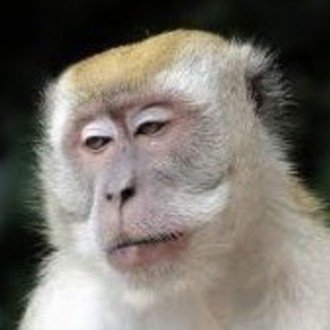
Sogo Department Store
I went out for dinner at an auberge in eastern Hokkaido the other day for my wife’s birthday. It was a nine-hour trip just for dinner.
Of course, we stayed the night, and the next day, I had us stop by Bihoro Pass—one of my personal interests. Shochiku adapted Kikuta-sensei’s Kimi no Na wa (What Is Your Name?) into a film, a trilogy, in fact. One of its settings was Bihoro. For me, Shochiku’s masterpiece was like a great Dōsojin guiding my youth. Oh, and as a side note, I once visited Anshan in northern Manchuria, where The Human Condition was set, searching for Lao Huling in Anshan. That was a deeply memorable experience.
So, this time, Bihoro Pass was covered in bamboo grass. Our chartered car waited in the parking lot while my wife and I climbed up to the observation deck. As we got closer, a loud singing voice reached us.
“Someone’s singing at the observation deck,” my wife said.
But that wasn’t it. Along the way, we came across a monument inscribed with a song by Misora Hibari. The song was playing from there.
“Incredible. The town must have built this, right? It wasn’t erected by someone connected to Misora Hibari?”
“Who knows… But encountering Misora Hibari at this spectacular scenic spot is kind of surreal.”
“It’s Hibari-san, not Ibari,” my wife corrected me.
“Well… she always acted a bit high and mighty, didn’t she?”
“Come to think of it, there’s a song monument in Yurakucho, too.”
“Oh yeah, the one by Sukiyabashi—Ginza no Koi no Monogatari. That’s from a Nikkatsu movie. There’s also Tokyo March at 8-chome. That was a Nikkatsu film too, based on a story by Kikuta-sensei. And then there’s Yurakucho de Aimashou in front of the Marion building. That was a Sogo department store commercial song, so really, it should be in front of Bic Camera.”
“Sogo?”
“Yeah, a department store founded by the Kansai-based Jugo (Sogo). That song was their commercial jingle. A masterpiece.”
“Sogo was named after its founder? That’s surprising.”
“The song was sung by the star of the Ginza jazz scene, Frank Nagai. The lyrics were by Saeki Takao. It was an homage to Kikuta-sensei’s Kimi no Na wa.”
“An homage?”
“Yeah, look at the lyrics:
‘If I wait for you, the rain will fall,
I worry you’ll arrive drenched…’
In Kimi no Na wa, on January 27, during the air raid on Ginza, a man and a woman—Machiko Ujiie and Haruki Togami—meet by chance. As the bombs rain down, they flee together. After the B-29s leave, they promise to meet again at the foot of Sukiyabashi Bridge.”
“Machiko waits for Haruki?”
“Exactly. By the time Sogo was built, the war was long over. But the lingering presence of Machiko and Haruki, the ghosts of the doves that once gathered in front of Yurakucho Station, they were still there. Saeki Takao undoubtedly infused those sentiments into his lyrics. It was the perfect song for a jazz singer like Frank Nagai.”
“A deep attachment to the city, hidden in just a few words.”
“Yeah. By the way, the movie adaptation was done by Daiei. It starred Hiroshi Kawaguchi and Hitomi Nozoe, but the film itself was a flop.”
“It didn’t do well?”
“No, it was a huge hit. Daiei got carried away and even made a film inspired by Frank Nagai’s song Sexy Sign Suki Suki Suki. They also went ahead and made the infamous Kirai Kirai Kirai. If you’re going to go overboard, you might as well go all the way.”
“You’re always so harsh on Daiei films.”
“Not necessarily… Kirai Kirai Kirai was based on Hana no Salaryman by Genji Keito. The film opens with Kazuko Matsuo singing the song. It’s a rare chance to witness the enchanting presence of Matsuo in all her glory.”

いいなと思ったら応援しよう!

